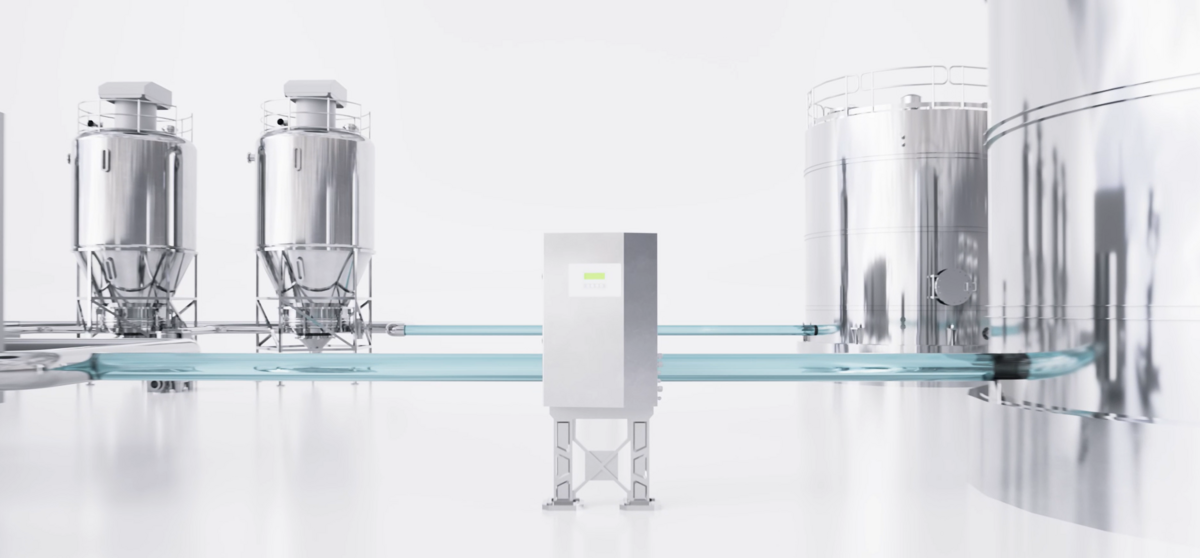At this year’s Pharma Microbiology Congress, a global pharmaceutical manufacturer shared an in-depth implementation roadmap for adopting Online Water Bacterial Analysers (OWBA) in pharmaceutical water systems exemplified by BactiQuant’s enzymatic method as a central use case:
- Title: Implementation roadmap of OWBA in Pharma, with use-case of implementing enzyme activity-based OWBA on PW/WFI
- Presented by: Sebastian Strandberg Rutell, Associate Process Engineer in PAT | Novo Nordisk
It is the first time a global pharma company has published a comprehensive, regulatorily aligned model for real-time microbial water monitoring.
Their roadmap covered:
- How real-time bacterial measurements complement traditional methods
- The validation steps required for regulatory acceptance
- How process insights evolve when data is continuous rather than episodic
- Organisational considerations: culture, responsibility, and the shift from reactive to proactive control
- Lessons learned from implementation on live, operational water loops
The session demonstrated that RMM adoption is not merely a technological upgrade—it represents a structural change in how pharma organisations manage risk, compliance, and sterility assurance.
The presented roadmap is one of the most detailed public examples to date of how an OWBA can be integrated into a pharmaceutical quality framework. It signals that:
- Real-time microbial monitoring is moving from early exploration to structured, validated implementation.
- Manufacturers are preparing for a future where continuous insights become part of routine operations.
- Regulators expect faster, better, and more data-rich control of water systems.
- Modern RMMs can operate within existing regulatory frameworks, provided validation is robust.
For BactiQuant, this development reflects a broader momentum we see across the industry. Sterile manufacturers increasingly recognise that the ability to detect microbial shifts in real time—hours or days before they would appear on traditional test results—adds resilience, reduces batch risk, and strengthens compliance.
The benefits of using an enzyme activity–based method demonstrated how real-time measurements can:
- Reveal microbial events that would otherwise go undetected
- Provide earlier warnings and reduce investigation time
- Improve process understanding of PW and WFI systems
- Support transition from reactive sampling to proactive control
- Align with ongoing regulatory encouragement of modern monitoring methods
This aligns fully with the megatrend discussed in the session: RMMs are no longer “emerging”—they are becoming foundational.
For those wanting deeper technical detail, the full session and accompanying materials are available through the Pharma Microbiology Congress platform.
👉 Access the session on Rapid Microbiological Methods (RMMs)
The pharmaceutical industry is entering a new era of microbial control—and BactiQuant is proud to support manufacturers who are taking bold steps to modernise sterility assurance with real-time data.
Go to our dedicated Pharma site to learn how we can help your operation - we would be happy to talk:
BQ Pharma site
